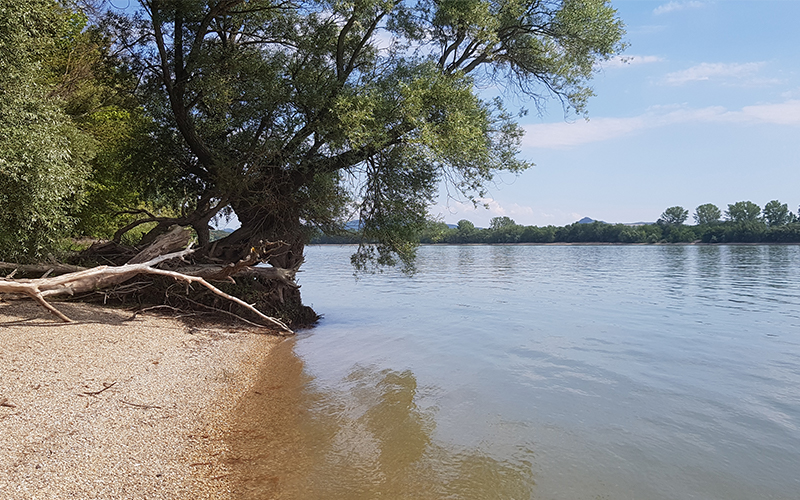
Ecological status/potential of surface waters. We carry out assessments of the ecological status of water bodies in Slovakia, including an assessment of the status of natural rivers and of the potential of heavily modified and artificial rivers or sections thereof. We also evaluate changes of aquatic communities’ structure based on deviations from the reference (without human interventions) or natural conditions (without physical modifications and pollution).
Assessment systems based on aquatic communities. We develop classification schemes for assessing the status/potential of water bodies based on aquatic communities. We select appropriate assessment metrics/indices with the aim of correctly setting their threshold values for classification into the adequate ecological status/potential. In developing assessment systems, we align classification schemes with the assessment of supporting quality elements (hydromorphology, physical and chemical indicators).
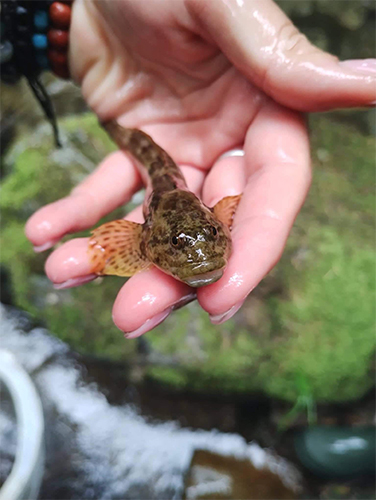
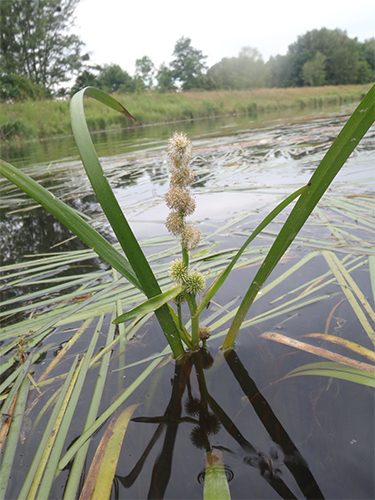

Impact of human activities on aquatic ecosystems. We evaluate the impacts of human activities and water use (in industry, agriculture, transport, urbanisation, recreation, etc.) on aquatic ecosystems. We focus primarily on hydromorphological changes, organic pollution, nutrient pollution, and pollution caused by priority substances and substances relevant to Slovakia. We address all the current problems, such as the impact of extreme climatic events, water scarcity and drought on aquatic ecosystems.
Invasive and non-invasive species. We conduct studies on the occurrence of invasive and non-native plant and animal species in the aquatic environment. We pay increased attention to the risk of such species’ spread and negative impact on populations of native species and native habitats in the light of the ongoing climate change. Related studies also cover the negative impact of invasive species dominating aquatic communities, and the potential disruption of ecosystem functionality in relation to the deteriorating ecological status of surface waters. Special attention is paid to the presence of invasive plant species, which often dominate the riparian zone, a suitable habitat for their spread.
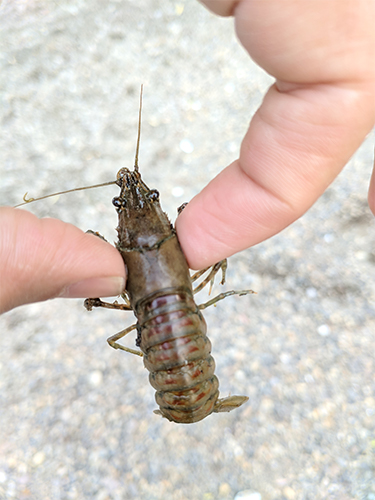
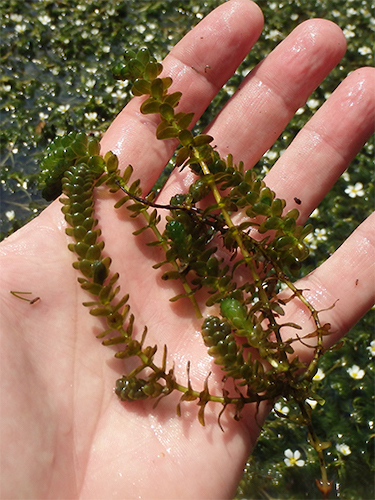
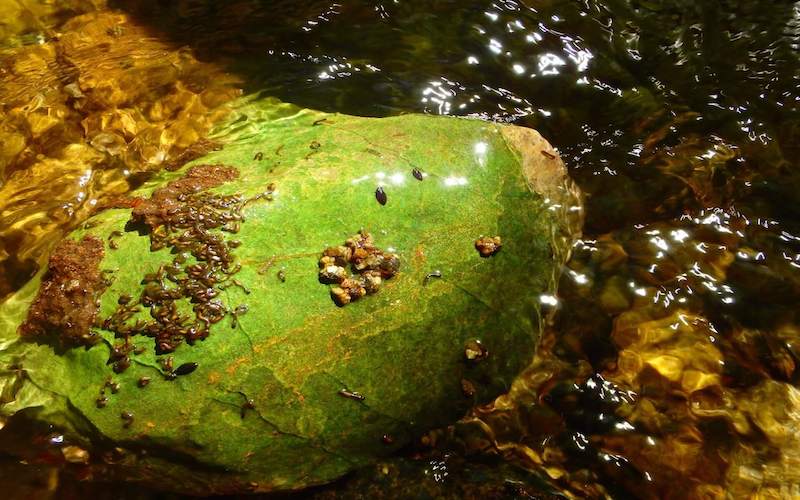
Communities of aquatic organisms. We have long been monitoring and studying the status of phytoplankton, phytobenthos, macrophyte, macrozoobenthos and fish communities in order to assess their changes over time, as well as in relation to the ecological status of surface waters. Communities of aquatic organisms are also studied in relation to various disruptions in the hydromorphology of rivers, as well as improvements of their structure as a result of restoration activities.